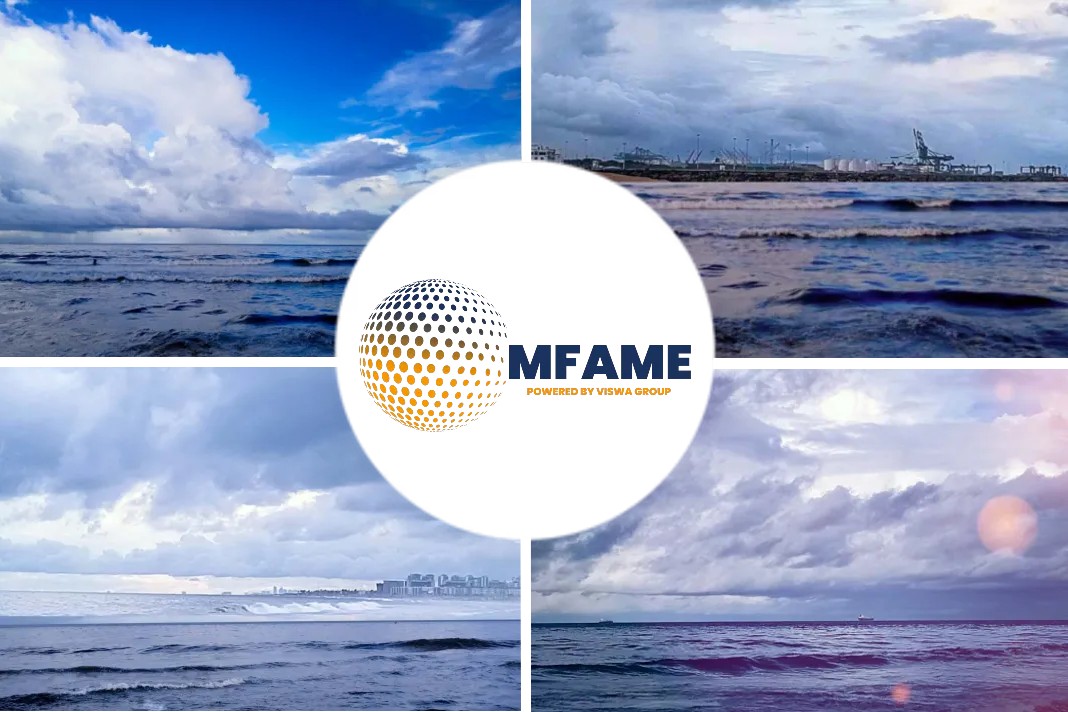September marks the start of the risk season for Brown Marmorated Stink Bugs in Australia and New Zealand. This year, Poland has been added to their list of stink bug risk countries. A Gard article describes about the measures to control the bug problem.
Why is the Brown Marmorated Stink Bug a problem?
The Brown Marmorated Stink Bug (BMSB), or Halyomorpha halys, is an agricultural pest that feeds on, and can severely damage, fruit, and vegetable crops. T
he pest has spread from its native range in East Asia to form established populations in North America and Europe but is not yet present or widely established in countries such as Australia, New Zealand, and Chile.
Like the Asian Gypsy Moth, the BMSB is considered a ‘hitchhiker pest’ that can spread via oceangoing vessels in international trade. When BMSB adults seek shelter from cold weather during the winter months, they tend to find their way into shipping containers, vehicles, machinery, parts, and similar types of cargo.
The BMSB requirements primarily target importers of goods. They cover the importers’ responsibility to ensure that certain types of cargoes have been properly treated and certified prior to being shipped from countries with established BMSB populations.
However, as ships infested by stink bugs may be refused entry into certain countries, it is also important that ship operators and their crews are familiar with the BMSB seasonal measures applicable at any given time. Crews must stay vigilant to the presence of BMSB and other exotic insects onboard and report any onboard detections to the quarantine authorities at the ship’s destination.
Not sure if the insect onboard your vessels is a Brown Marmorated Stink Bug? Click HERE to find out.
New Zealand and Australia join forces to keep the bug out
In response to the rapid expansion of BMSB throughout Europe and North America, New Zealand and Australia continue to tighten their measures to keep the bugs out of their countries.
The two countries have also worked closely together to align their requirements as much as possible and at the time of writing, their list of ‘targeted risk countries’, approved treatment options and offshore treatment providers, are identical.
However, there are still differences in requirements and port-of-entry procedures between the two countries due to sovereign regulations and policies. New Zealand, for example, requires all goods to be BMSB treated prior to arrival, while Australia permits fully sealed containers to be treated on arrival in the country.
All stakeholders in the import and shipping industries, including ship masters and crew, must therefore be familiar with the requirements for each country to ensure compliance.
This year’s risk season started on 1 September 2021 and we encourage Members and clients to visit the BMSB websites of the Australian Department of Agriculture, Water and the Environment (DAWE) and the New Zealand Ministry for Primary Industries (MPI) for detailed and up to date information on their respective seasonal measures. While the framework of the two countries’ measures remains essentially the same as last season, the following should be noted:
- Seasonal measures apply to goods, such as vehicles, machinery parts, tyres, etc., shipped from, or transshipped in, a targeted risk country on or after 1 September 2021.
- However, while the MIP requires compliance for all such goods that arrive in New Zealand on or before 30 April 2022, the Australian DAWE requires compliance for all such goods that have been shipped from the targeted risk country until 30 April 2022 (inclusive).
- The shipped onboard date, as indicated on the bill of lading, is the date used to determine when the goods were shipped.
- Poland has been added to the list of ‘targeted risk countries’, which now consist of the following 38 countries:
- The Australian authorities have also identified Belarus, Malta, Sweden, the United Kingdom, and Chile as ‘emerging risk countries’ and states that random onshore inspections of goods from these countries may be undertaken during the 2021/22 risk season.
- Furthermore, Australian authorities continue to pay particular attention to ro-ro vessels that berth at, load, or transship in targeted risk countries between 1 September 2021 and 30 April 2022.
- All BMSB treatment providers in targeted risk countries must be registered under the two countries’ joint Offshore BMSB Treatment Providers Scheme, a scheme which aligns treatment options, rates, and compliance requirements. The treatment options are heat treatment, methyl bromide fumigation and sulfuryl fluoride fumigation.
- New Zealand and Australia will not conduct BMSB treatments for each other.
- Non-compliant goods, i.e., goods subject to mandatory offshore treatment that arrive untreated or treated by an unapproved treatment provider, are likely to be directed for export on arrival.
- The changing risk status of BMSB will be continuously reviewed throughout the season and both countries may adjust their seasonal measures accordingly, e.g., based on detections of BMSB.
Unwanted in Chile too
Similar BMSB management measures also apply to vessels arriving in Chile. The Chilean Agriculture and Livestock Service (Servicio Agricola y Ganadero (SAG)) declared BMSB as a quarantine pest in 2011 and has since required inspection and fumigation of certain imported products, mainly coming from the United States.
Following interceptions in shipments of used clothing, toys, shoes and vehicles, a new resolution (No. 971/2018) took effect in 2018 which requires fumigation of such goods arriving in Chile from the United States.
For an overview of Chile’s actions to manage the BMSB risk (in English), click HERE.
Did you subscribe to our daily newsletter?
It’s Free! Click here to Subscribe!
Source: Gard
















